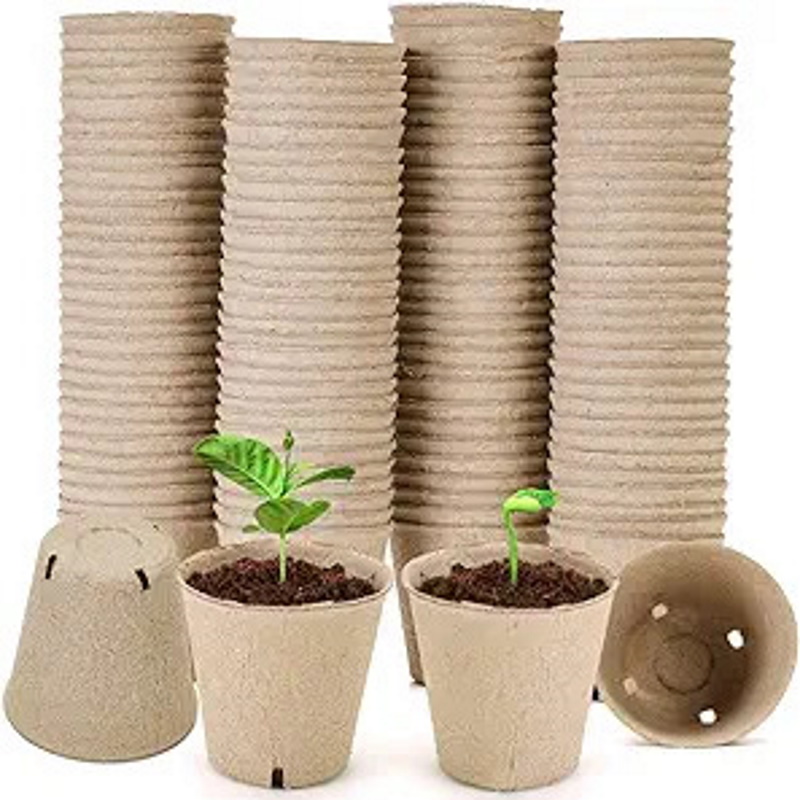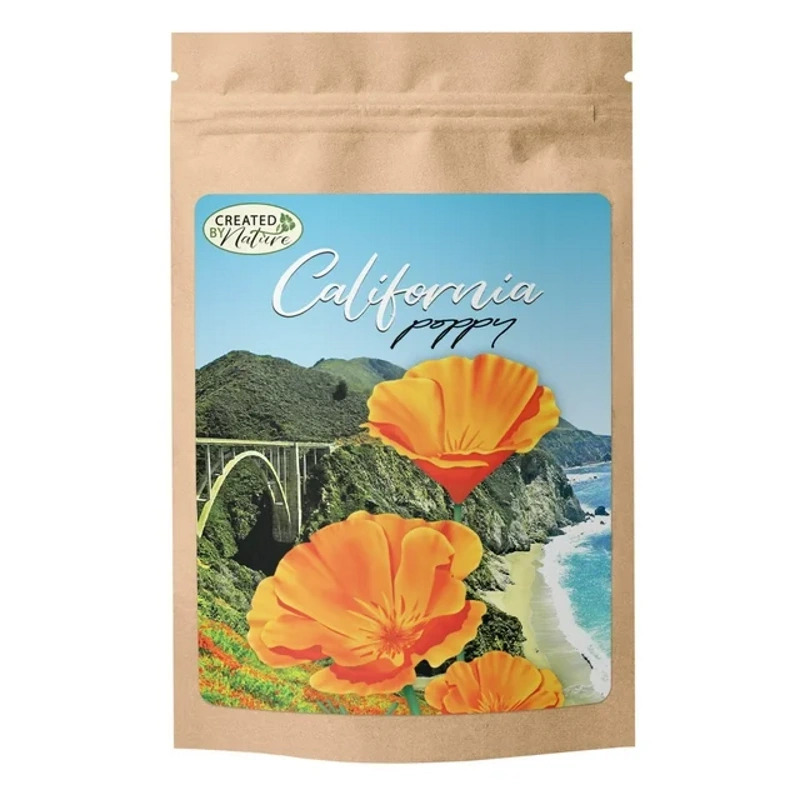How to grow California poppies – expert tips for a yard full of these charming wildflowers
These golden blooms stand as a symbol of California and will instantly brighten up your outside space
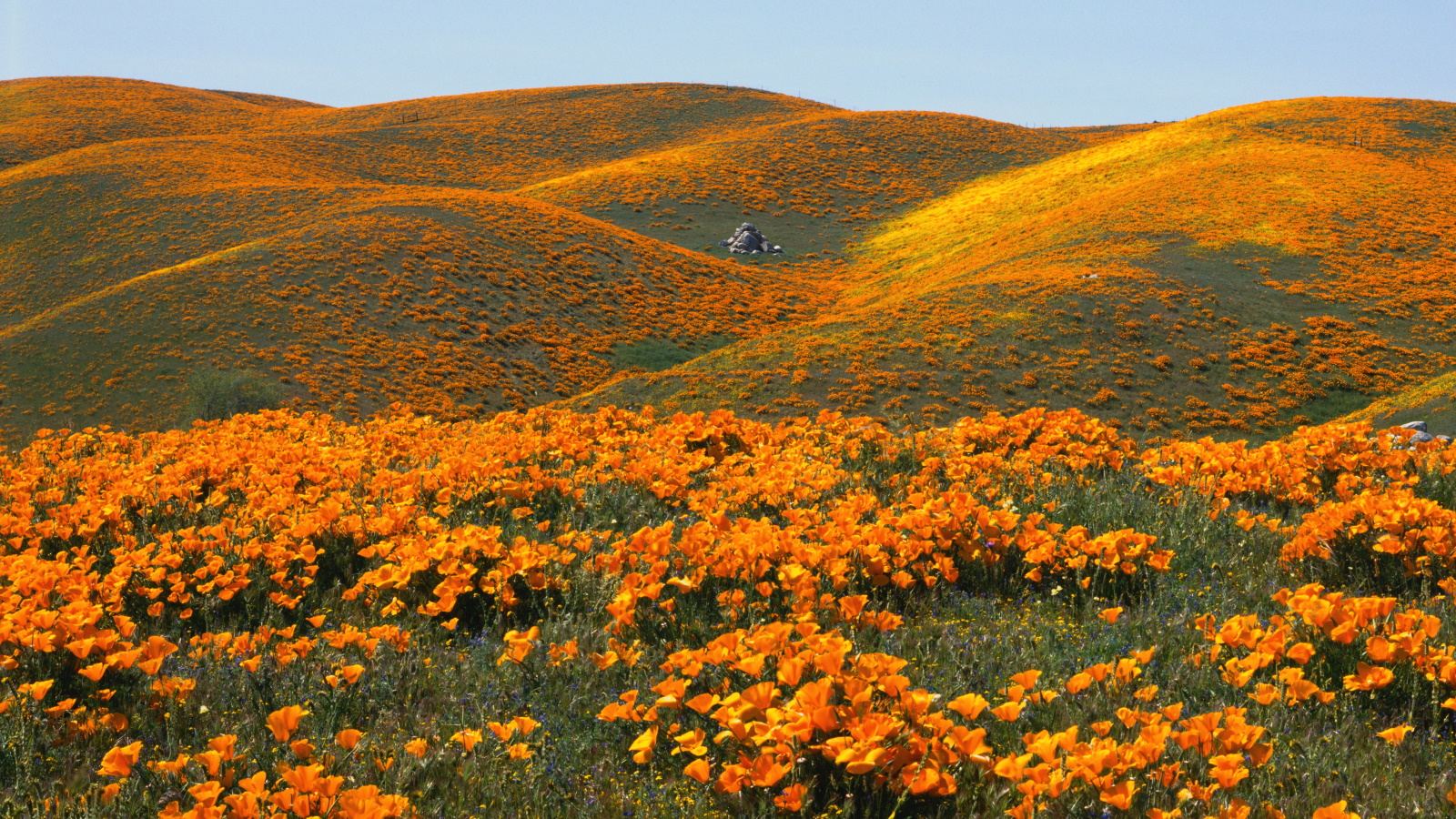

California Poppy Day is celebrated every year on April 6th to place a spotlight on California poppies, or Eschscholzia californica.
This gold-orange flower has become a symbol of the Golden State of California, where carpets of the beautiful flower can be seen on the state's rolling hills during spring. It's the perfect bright addition to wildflower gardens, as well as a staple for California native planting. What's more, these special blooms open when the sun shines and close as it gets darker.
These charming, vibrant flowers are extremely easy to grow at home and we've asked experts how to do it successfully.

How to grow California poppies
Sow these bright blooms to bring a touch of California to your yard. We've asked experts how to best grow California poppies and keep them popping with color for longer.
Sow California poppy seeds outdoors

When preparing your seed sowing schedule, you may be deciding whether to sow seeds outdoors or sow seeds indoors. Sowing indoors can be beneficial for some plants, especially those that will benefit from the extra warmth. However, opting to sow outdoors may be the best option for California poppies.
'Due to their dust-like size, it’s easiest to scatter poppies directly outdoors when the weather is most amenable to sowing hardy annuals – meaning, cool temperatures what will help cold stratify the seed,' says Meredith Bishop, sustainable flower grower and owner of Bloom and Bounty.
'An additional reason for sowing outdoors is that poppies grow a long taproot and resent being transplanted,' she adds.
Design expertise in your inbox – from inspiring decorating ideas and beautiful celebrity homes to practical gardening advice and shopping round-ups.
It will be hard to transplant California poppies if sown indoors, so sowing directly outdoors when temperatures are still cool can be the most convenient for these flowers. You can still use DIY seed trays outdoors if you prefer, using things like eggshells or biodegradable pots, like these biodegradable seedling pots from Amazon, that can be planted straight into the ground.
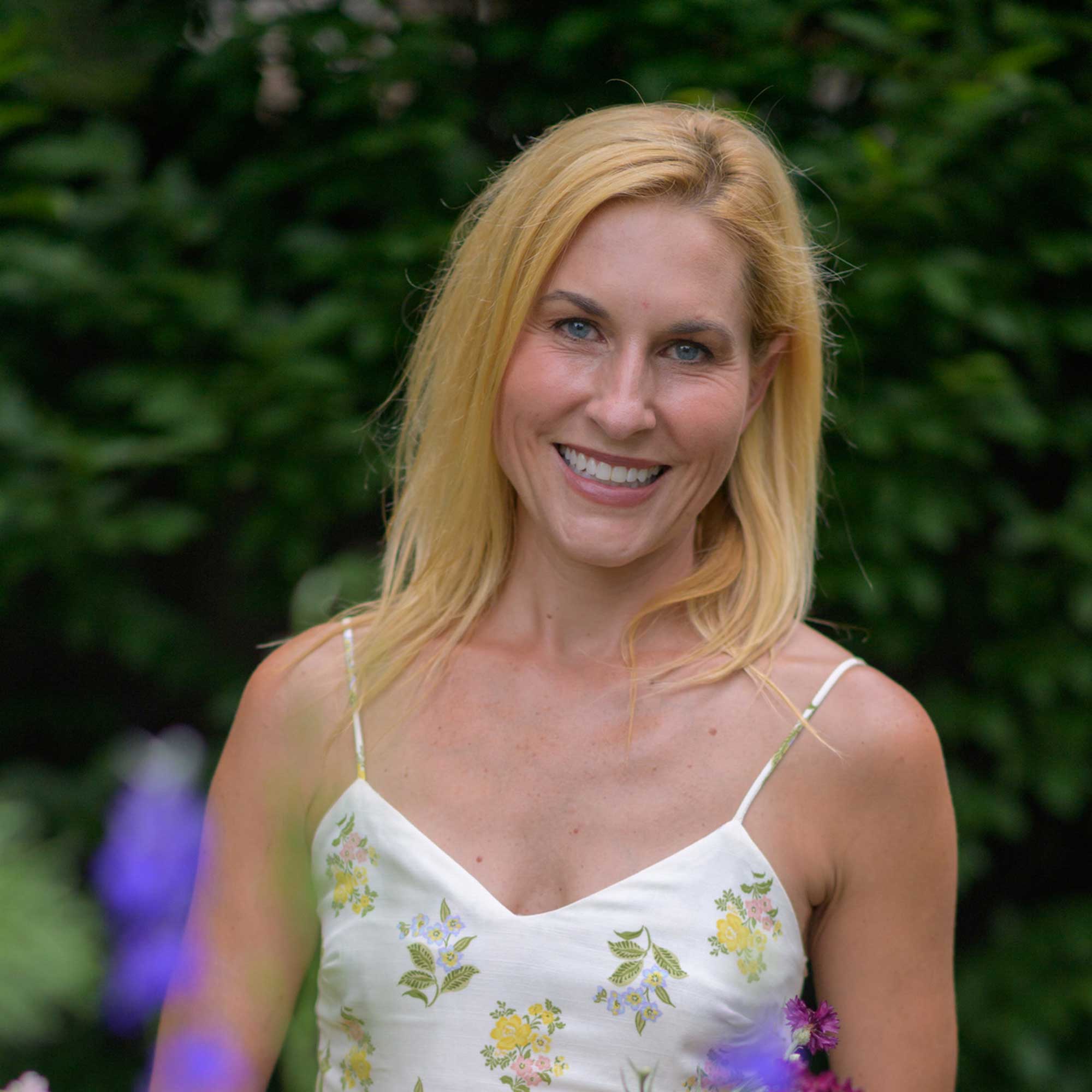
Meredith Bishop is a sustainable flower grower specializing in old-world blooms grown from seed in her gardens in urban Nashville, Tennessee. She also operates a retail design studio in Nashville, and enjoys teaching, speaking and writing about all aspects of flower gardening.
Sow California poppies in fall or early spring

As previously mentioned, it's best to sow your California poppy seeds when temperatures are still cool and the ground is workable.
'Seeds should be sown in late fall, while the ground can still be worked, and left to overwinter. Alternatively, sow them in early spring, from late January to early March, while there are still adequate periods of cold weather on the horizon,' says Meredith.
Cooler temperatures are a necessity for seed stratification to take place, where seeds are exposed to cold to encourage germination when temperatures start to increase.
Sowing California poppy seeds before it gets too warm or wet will understandably help them to germinate successfully in spring.
Grow California poppies in full-sun
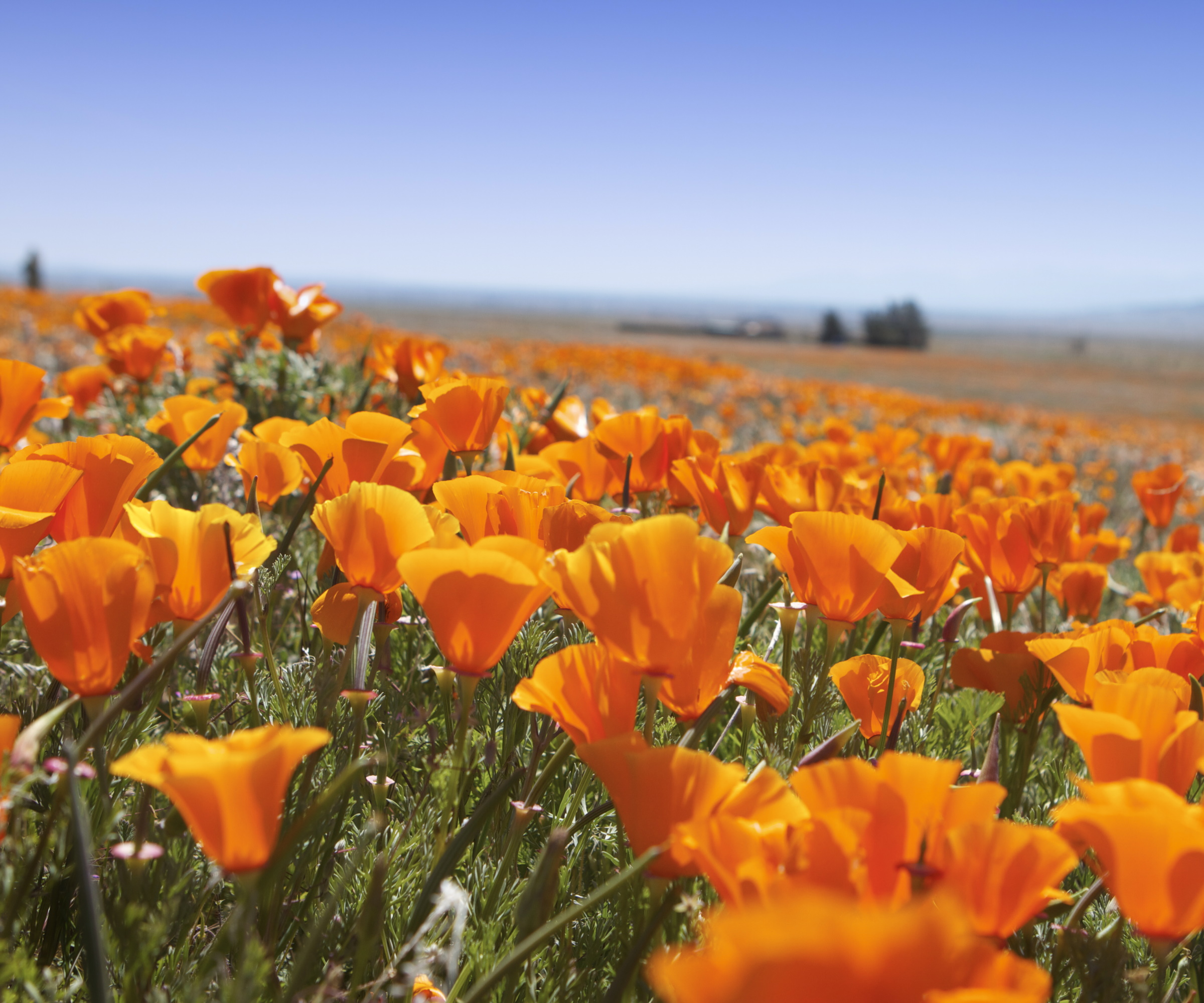
'Like most showy flowers, these poppies perform best in full-sun,' says Meredith. Native to the Golden State, it's no surprise that these golden blooms thrive in sunny spots.
California poppies are among the best drought-tolerant flowering perennials and can withstand six to eight hours of exposure to direct sunlight. You also don't need to worry about watering them too often.
'Poppies can fare just fine with typical spring rainfall and usually do not require any additional watering. However, in cases of unusual spring drought, a weekly deep watering will help them thrive,' says Meredith.
You might opt to grow your California poppies in a raised bed to help aid drainage and ensure they don't sit in waterlogged soil.
FAQs
How do you extend the vase life of California poppies?
California poppies are extremely easy to grow in your backyard for cut flowers, and you can extend the vase life of your California poppies to enjoy them for longer.
'Poppies are gorgeous but finicky as cut flowers and often wilt quickly. A pro-tip for extending vase life is to sear the cut end with an open flame for five seconds before placing them into cool water,' says Meredith Bishop, sustainable flower grower and owner of Bloom and Bounty.
This can help encourage water uptake and revive your poppies if they are looking droopy.
California poppies are stunning wildflowers that will instantly brighten up your backyard. You can grow them with very little effort, and you can keep them thriving throughout spring.
For more spring floral inspiration for your yard, we explore planning a cut flower garden in our separate feature.

Tenielle is a Gardens Content Editor at Homes & Gardens. She holds a qualification in MA Magazine Journalism and has over six years of journalistic experience. Before coming to Homes & Gardens, Tenielle was in the editorial department at the Royal Horticultural Society and worked on The Garden magazine. As our in-house houseplant expert, Tenielle writes on a range of solutions to houseplant problems, as well as other 'how to' guides, inspiring garden projects, and the latest gardening news. When she isn't writing, Tenielle can be found propagating her ever-growing collection of indoor plants, helping others overcome common houseplant pests and diseases, volunteering at a local gardening club, and attending gardening workshops, like a composting masterclass.
